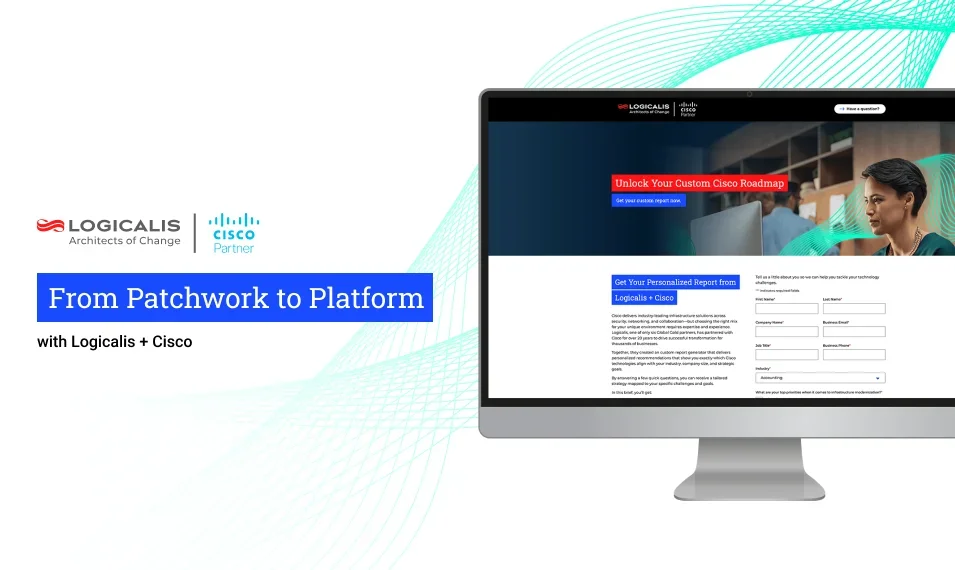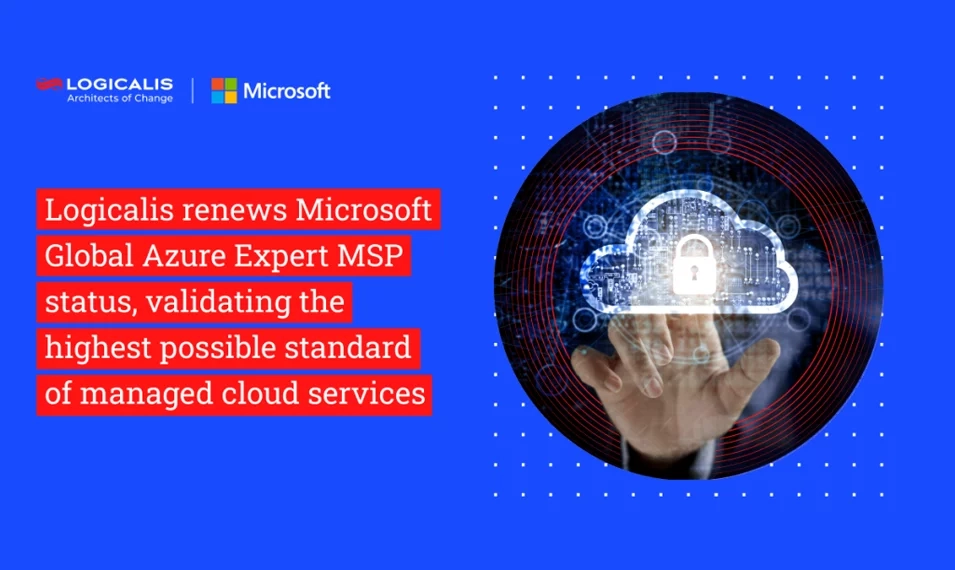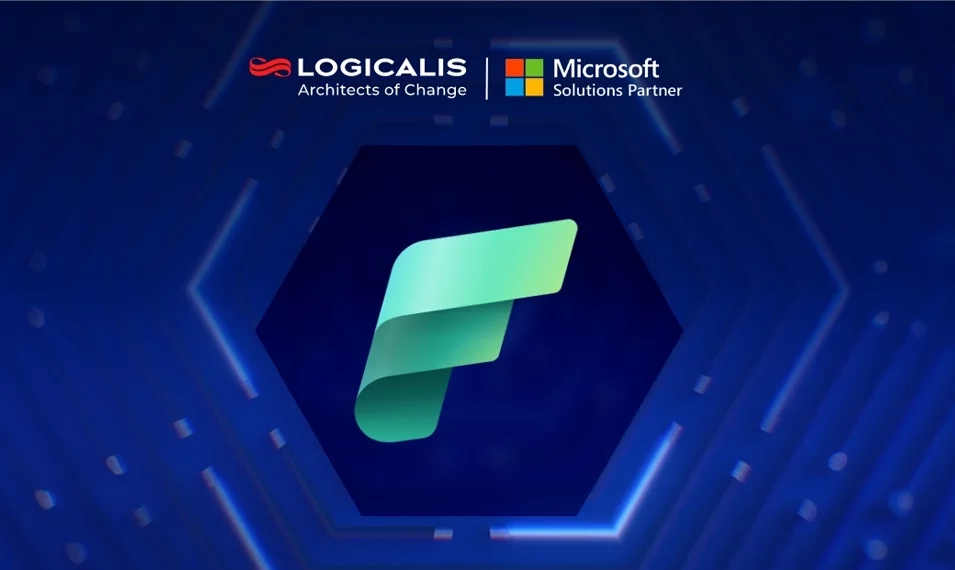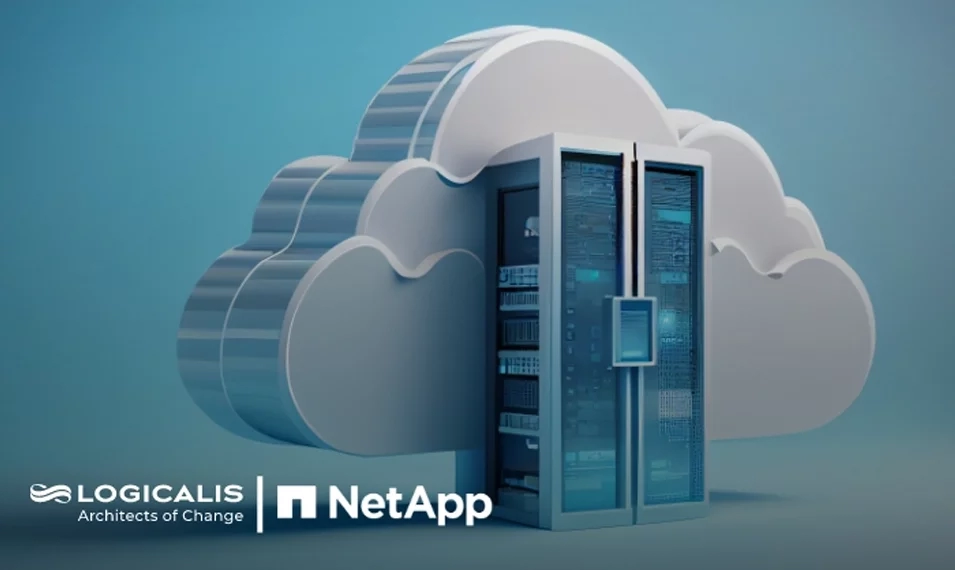
USA, Jan 22, 2024
Guest Blogger: Patrick Filkins, IDC
Sponsored By: Logicalis
Date: 1/16/24
What drives enterprise application success? A straightforward question, with a not-so-obvious answer. Given that most enterprise app deployments today are driven by a specific outcome or value-based goal, it becomes easy to measure the impact on operational or business value once the project is completed. However, the harder question to answer is how does an organization go about achieving the best possible outcome?
Let’s start with this statement. Choosing your technology stack and solutions provider (e.g., infrastructure, platform, services, etc.) is likely to be the most impactful part of the project when it comes to driving the best possible outcome. Within the infrastructure and services domain, connectivity is a key consideration of this stack.
Indeed, connectivity remains the lifeblood upon which all applications flow, and it plays a pivotal role in app efficacy due to its ability to either positively or negatively impact app performance based on metrics such as network capacity, latency, reliability, and security. If the network fails, so can the application.
Private 5G Adds a New Dimension to App Enablement
As enterprises challenge themselves to roll out and scale applications across the organization, they are also pushing the boundaries of what applications they will deploy. While day-to-day applications (e.g., email, human resources, and others) remain top of mind, many organizations are either deploying or building plans to experiment with innovative apps such as AI-enabled assistants, computer vision for quality assurance and security, digital twins, drones, and even remotely or auto-guided vehicles. This is especially true for those businesses running mission-critical or industrial workloads.
The shared characteristic among all these applications is the higher strain they put on network connectivity. Further, many of these demand a mobile connection, which could include on-the-go endpoints.
While enterprises have traditionally leveraged wireline networks for enhanced security and reliability, the emergence of private 5G networks seeks to fulfill demand for a cost-effective wireless network that meets KPIs for mission-critical applications.
Adoption of Private 5G Expected to Rise as Market Awareness Grows and Best Practices Emerge
While public 5G networks are broadly deployed, private 5G networks are increasingly viewed as a stronger option for certain organizations due both to their design and characteristics such as:
- A fully dedicated set of spectrum, infrastructure, and services designed for specific app-enablement on premises for enhanced security measures.
- The ability to be consumed as a dedicated managed service, which can help mitigate a lack of knowledge or IT staff in-house.
- 5G reliability and low latency that meets the stringent requirements of “always-on” mission-critical workloads.
- 5G’s ability to be deployed as the primary network, saving up-front and ongoing costs traditionally associated with wireline deployments. It can also be deployed as a redundancy measure.
- Private mobile networks can also play a key role in enabling mission-critical connectivity in remote areas, particularly if there are no public, macro network options available. For example, energy grids, maritime operations, and remote mining sites represent some of today’s leading adopters of private networks, driven in part by the need to provide precise coverage where otherwise a public network is unable to.
- Potentially lower up-front costs due to lesser need for backhaul cabling to connect a lower volume of cellular access points in comparison to alternative wireless offerings Additionally, Private 5G has the potential to lower TCO as it can be built and managed as a custom solution for specific coverage and application needs, as opposed to settling for a third-party network which may or may not deliver value.
As such, IDC expects the market for private 5G (including LTE/4G) spend to grow from just under $2 billion in 2022 to over $5 billion in 2027 at an annual CAGR of between 18%-22%.
Leading private 5G adopters today include the manufacturing, mining, energy, transportation, and education verticals. While each vertical has specific application needs, the collective value of private 5G resides in its multiple consumption models, enhanced wireless performance, and demand for a more reliable and secure wireless network.
Solutions Providers Adding Value to Private 5G
However, with any relatively new technology or approach, the role of solutions provider will be paramount. Indeed, IDC observes systems integrators and solutions providers at the center of most private 5G rollouts today. This is due to their vertical and app expertise and ability to objectively steer projects that help achieve transformational goals within an organization. Solutions providers can ensure alignment between business and technology teams and recommend the appropriate connectivity solution best positioned to succeed.
To learn about Logicalis’ Private 5G services powered by Cisco visit https://www.us.logicalis.com/solutions-and-services/services/private-network-services-5g












































